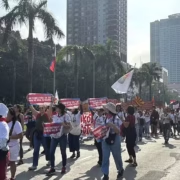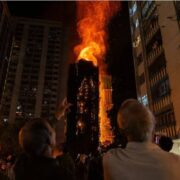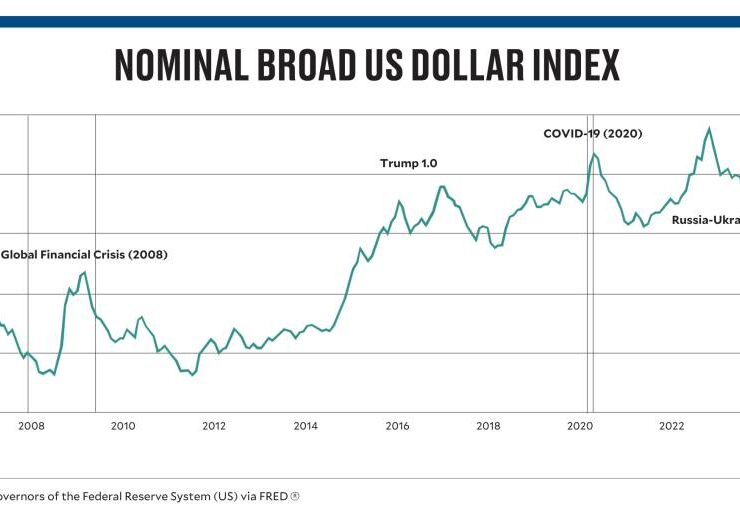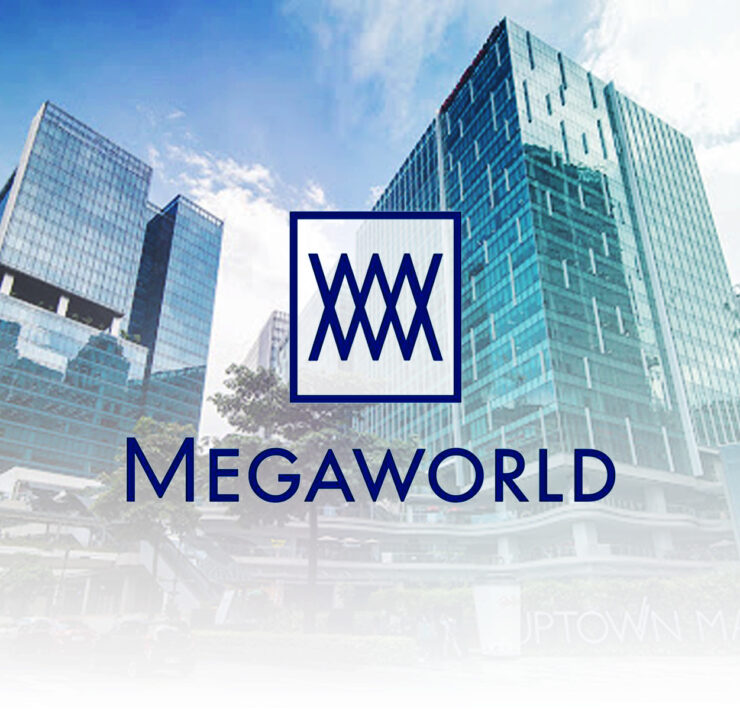Personal finance perspective on NCR property oversupply

As a personal finance advocate, I find it crucial to address the current state of Metro Manila’s real estate market. Recent reports indicate a significant oversupply of condominium units, a situation that presents both challenges and opportunities for potential investors and homeowners.
Understanding the oversupply
According to Leechiu Property Consultants (LPC), the National Capital Region (NCR) currently has approximately 67,600 unsold condominium units spread across 510 actively selling buildings. This inventory equates to about 29 months’ worth of supply—the highest since the onset of the COVID-19 pandemic. Notably, Quezon City leads with 18,500 available units, followed by Ortigas with 13,500, and the Bay Area in Pasay City with 10,500.
Several factors contribute to this oversupply
Ϫ High interest rates and external risks: Elevated borrowing costs have deterred potential buyers, making property investments less attractive.
Ϫ Shift in buyer preferences: There’s a noticeable trend towards single-detached homes and properties in nearby provinces, as individuals seek more space and a different lifestyle.
Ϫ Pandemic-induced Changes: The COVID-19 pandemic altered work dynamics, with many adopting remote work setups, reducing the immediate need for urban condominium living.
Ϫ Departure of key market players: The exit of Philippine Offshore Gaming Operators (POGOs), which previously occupied a significant portion of Metro Manila’s leasable office space, has left substantial vacancies, indirectly affecting the residential sector.
Implications for potential buyers
For those considering property investments, this oversupply presents both challenges and opportunities.
Ϫ Negotiation leverage: With a surplus of units, buyers are in a favorable position to negotiate better terms, prices, and incentives from developers eager to offload inventory.
Ϫ Variety of choices: The abundant supply means a wider selection of properties, allowing buyers to be more selective in terms of location, amenities, and unit specifications.
Ϫ Potential for depreciation: An oversaturated market can lead to stagnation or even a decline in property values in certain areas, affecting the long-term appreciation potential.
Strategic considerations for buyers
Given the current market conditions, it’s essential for prospective buyers to approach property investments with caution and strategic planning.
Ϫ Assess financial readiness: Ensure that purchasing a property aligns with your financial goals and that you’re prepared for associated costs, including maintenance, taxes, and potential interest rate fluctuations.
Ϫ Research developer reputation: Focus on reputable developers known for quality construction and timely project completion, as these properties are more likely to retain value.
Ϫ Evaluate location prospects: Consider areas with planned infrastructure developments or those showing signs of economic growth, as these locations may offer better long-term appreciation.
Ϫ Stay informed on market trends: Keep abreast of real estate market analyses and forecasts to make informed decisions. For instance, LPC anticipates that the residential sector still has room for growth, especially in areas outside Metro Manila.
For investors with a long-term perspective, this period of oversupply could be an excellent opportunity to acquire prime properties at lower prices. Some developers may even offer flexible payment terms, zero-interest financing, or discounts to attract buyers.
However, buyers must remain selective and avoid rushing into purchases solely based on lower prices. Consider units in prime locations, those with good rental potential, and properties with strong appreciation prospects over time.
Despite the current glut, real estate remains a long-term investment and market conditions will not stay the same forever. Several factors could drive the recovery of Metro Manila’s condominium market in the coming years. One key driver is infrastructure development, as upcoming transportation projects, new business districts, and urban development plans are expected to enhance accessibility and increase property demand in key areas. As connectivity improves, locations that were once overlooked may see higher property values and stronger buyer interest.
Additionally, economic growth and job creation will play a significant role in revitalizing the real estate sector. A stronger economy often leads to increased demand for urban housing, particularly among young professionals and expatriates looking for convenient living spaces near business hubs. With more companies expanding operations and foreign investments flowing in, the need for quality residential spaces may rise, helping absorb the current oversupply.
Furthermore, government housing initiatives could stimulate buyer participation by making homeownership more accessible. Policies promoting affordable housing and better financing options, such as lower interest rates on home loans and flexible payment terms, may encourage more Filipinos to invest in property. These initiatives, coupled with a gradual market adjustment, could help stabilize demand and restore confidence in Metro Manila’s real estate market in the years ahead.
While the current oversupply in Metro Manila’s condominium market poses certain risks, it also offers unique opportunities for discerning buyers. By conducting thorough due diligence and aligning purchases with long-term financial objectives, individuals can navigate this landscape effectively. As always, it’s prudent to consult with financial advisors and real estate professionals to ensure that property investments contribute positively to one’s overall financial health.





















